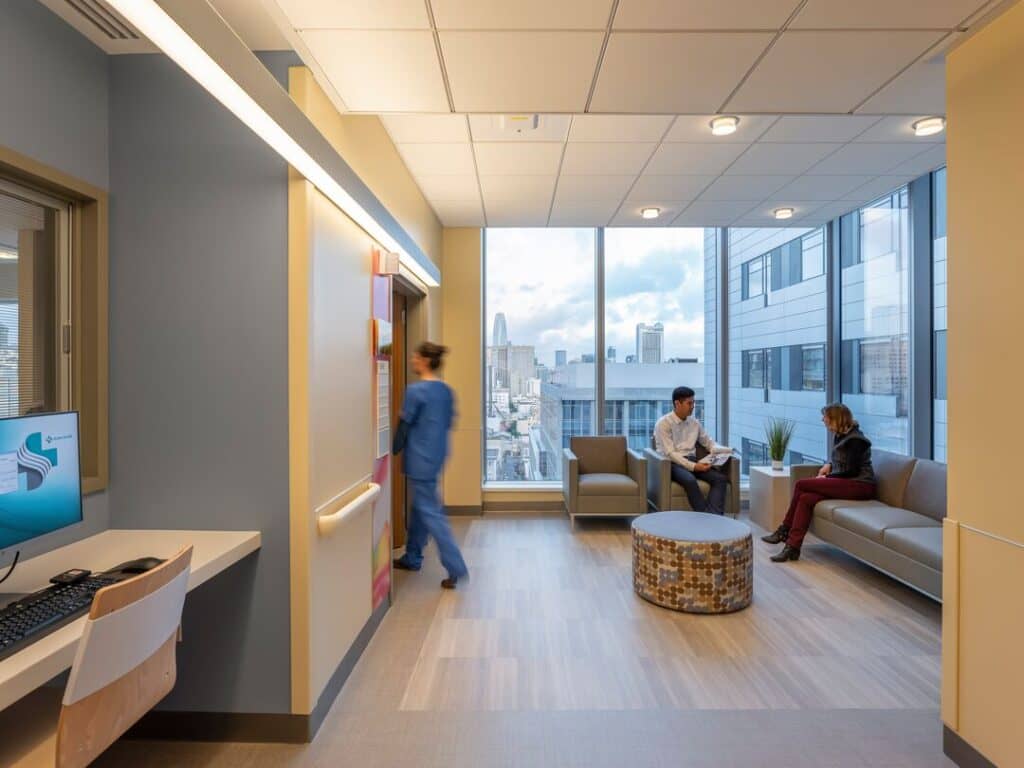In the world of commercial real estate, cap rates are a key metric used to evaluate the investment potential of a property. Cap rates, short for capitalization rates, are a measure of a property’s net operating income (NOI) compared to its current market value. Essentially, the cap rate represents the rate of return an investor can expect from a property based on its current income stream.
When it comes to healthcare real estate, the current state of cap rates is a topic of great interest for health systems looking to expand. Healthcare real estate includes properties such as medical office buildings, hospitals, and senior living facilities. These types of properties are often considered more stable and recession-resistant than other commercial real estate asset classes, which makes them an attractive investment option for many investors.
So, what is the current state of cap rates for healthcare real estate? According to recent reports, the average cap rate for medical office buildings in the United States is around 6.8%. This is slightly lower than the 7.1% average cap rate for all commercial real estate properties. Additionally, cap rates for healthcare properties have remained relatively stable over the past few years, with only minor fluctuations.
What does this mean for health systems looking to expand? On one hand, the stability of cap rates for healthcare real estate is a positive sign. It suggests that the market for healthcare properties is relatively stable and not subject to significant fluctuations in value. Additionally, the slightly lower cap rates for healthcare properties compared to other commercial real estate types may make them a more attractive investment option for some investors.
However, there are also some potential challenges associated with the current state of cap rates for healthcare real estate. One issue is that the high demand for healthcare properties has led to increased competition among buyers. This can drive up prices and reduce the potential returns for investors. Additionally, the COVID-19 pandemic has had a significant impact on the healthcare industry, and it is unclear how this will affect the demand for healthcare properties and their cap rates in the long term.
Despite these challenges, there are several reasons why health systems may still see healthcare real estate as an attractive investment option. First, healthcare properties are often considered more recession-resistant than other types of commercial real estate. This is because demand for healthcare services tends to remain relatively stable, even during economic downturns. Additionally, healthcare properties are often located in high-traffic areas with good visibility, which can help attract new patients and clients.
In summary, the current state of cap rates for healthcare real estate is relatively stable, with slightly lower rates compared to other commercial real estate types. While there are some challenges associated with increased competition and uncertainty due to the COVID-19 pandemic, healthcare real estate remains an attractive investment option for health systems looking to expand. By carefully evaluating the potential risks and benefits of investing in healthcare properties, health systems can make informed decisions about their real estate strategy and help ensure long-term success.
